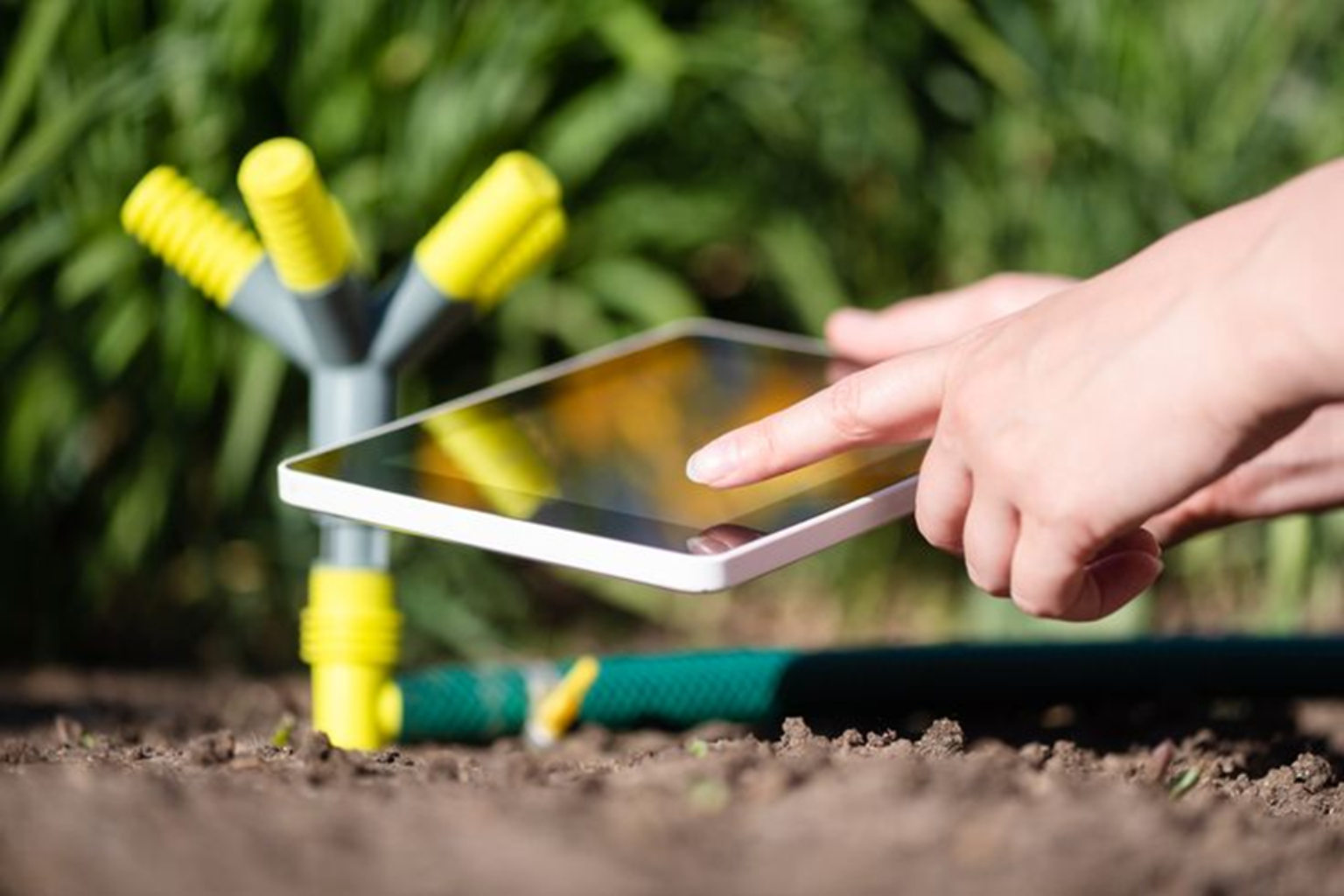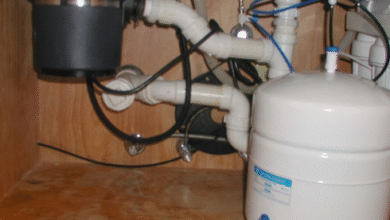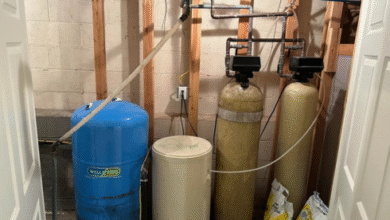
Improving Soil Health Through Smart Landscaping
Healthy soil is the foundation of every thriving garden. Whether you’re working with a large backyard or a compact urban patch, the way you manage your landscape can either nourish or exhaust the soil beneath it. Smart landscaping isn’t just about looks—it’s about creating a sustainable, living ecosystem that supports plant growth, conserves water, and reduces maintenance. Small decisions in your garden layout and care routine can have a big impact on the overall health of your soil.
The Role of Mulching in Retaining Moisture and Feeding Soil
Mulching is the process of covering soil with organic or inorganic material to protect and improve it. It’s one of the easiest, yet most powerful tools a gardener can use to build healthier soil. A layer of mulch shields the earth from the sun, keeping it cool and reducing water evaporation. That means your plants stay hydrated longer without the constant need for irrigation.
But mulching does more than conserve moisture. Organic mulch like shredded bark, compost, or straw breaks down over time, adding vital nutrients to the soil. It encourages earthworms, improves structure, and even reduces the risk of soil erosion. With smart mulch choices, you can dramatically enrich your soil’s fertility.
Choosing the Right Landscape Contractors for Long-Term Soil Planning
Landscape contractors are professionals who design and execute outdoor spaces—but the best ones do more than just plant flowers and install walkways. They consider soil health as a core part of the project. A skilled landscape contractor will test your soil before planting and recommend strategies for long-term improvement.
They can help you select native plants that thrive in your region and require less watering or chemical input. They might also suggest raised beds or contouring to prevent runoff. Hiring experienced landscape contractors can transform your backyard into a balanced, self-sustaining ecosystem where your soil gets better with every season.
Installing Quartz Slabs to Upgrade the Kitchen Interior
Smart landscaping often goes hand-in-hand with interior upgrades, especially when planning cohesive home improvements. One striking way to elevate your kitchen is by adding quartz slabs. These surfaces are not only beautiful but durable, stain-resistant, and low-maintenance. Their non-porous nature also makes them ideal for busy kitchens, especially for families who love entertaining outdoors and want that seamless indoor-outdoor lifestyle.
Quartz slabs come in a range of finishes and shades, from creamy neutrals to dramatic patterns that mimic marble.
Garden Room Extensions That Blend Nature With Comfort
Adding a garden room extension is another smart upgrade that complements outdoor living and boosts your connection with nature. These extensions are versatile—functioning as home offices, yoga spaces, or quiet retreats surrounded by greenery. But their benefits go beyond comfort.
Garden rooms encourage homeowners to spend more time outdoors. With large glass doors and natural lighting, they become an extension of the landscape.
Using Raised Beds and Compost to Build Rich Soil Layers
Raised beds are another game-changer in garden design. They allow you to control soil quality from the start, layer in compost and organic matter, and avoid compacted ground. Over time, the soil in raised beds becomes loose, fertile, and full of life. You can rotate crops easily, manage weeds with minimal effort, and adapt quickly to changing climate conditions.
Conclusion
Smart landscaping isn’t just a visual upgrade—it’s a commitment to sustainability and health, starting at the soil level. With practices like mulching, guidance from knowledgeable landscape contractors, and thoughtful design additions like garden rooms or quartz kitchen slabs, you can create a home that thrives inside and out.




